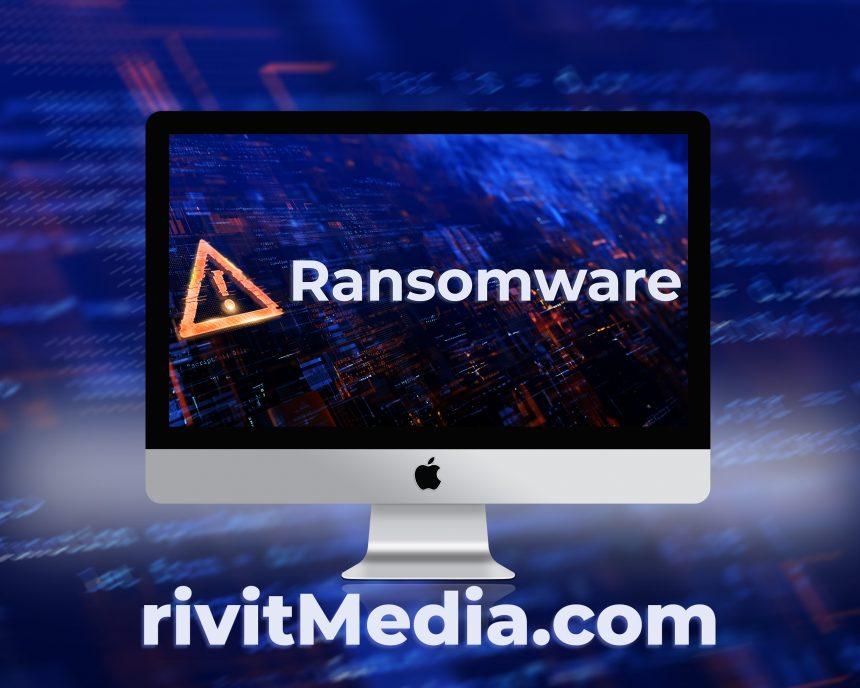In today’s digital landscape, the ominous presence of ransomware continues to grow, with variants like BlackLegion causing significant disruptions by encrypting files and holding them captive until a ransom is paid. Understanding the intricate workings and potential impacts of this malicious software is crucial for individuals and organizations to fortify their defenses.
Understanding BlackLegion: An In-Depth Insight
BlackLegion stands as a formidable ransomware variant, wielding encryptive capabilities to deny access to critical files by locking them behind impenetrable encryption. Upon infection, this ransomware appends a distinct “.BlackLegion” extension to encrypted files, rendering them inaccessible without decryption.
The aftermath of a BlackLegion attack is visibly daunting, with altered file structures where previously functional files are renamed. The new file names include strings of random characters, the perpetrators’ email address, and the appended “.BlackLegion” extension. For instance, a file named “1.jpg” would be transformed into “1.jpg.[34213633].[BlackLegion@zohomail.eu].BlackLegion.”
Actions of BlackLegion
The impact becomes stark as victims encounter a ransom note named “DecryptNote.txt,” outlining the encryption and emphasizing the necessity of a decryption key solely held by the attackers. The note serves as a stark warning against any attempts at file recovery without the attackers’ guidance, highlighting potential data loss or corruption.
The ransom note stipulates a payment for decryption and provides communication channels—initially through Telegram and alternative emails—if victims fail to respond within 24 hours. Each victim receives a unique ID, underlining the urgency of cooperation for expedited resolution.
Infection Methods of BlackLegion
Understanding the infiltration vectors of BlackLegion is paramount to thwart its spread. Cybercriminals employ diverse strategies, including phishing emails housing deceptive links or infected attachments, exploiting vulnerabilities in outdated software, drive-by downloads from compromised websites, malicious ads, pirated software, and Trojans.
Mitigating the Threat: Comprehensive Removal and Recovery
Given the severe repercussions of BlackLegion attacks, robust preventive and removal strategies are essential.
Preventive Measures
- Regularly update software and operating systems to patch vulnerabilities.
- Exercise extreme caution while opening email attachments or clicking on suspicious links.
- Utilize reputable antivirus software and firewalls for real-time threat detection.
- Implement regular data backups on remote servers or disconnected storage devices.
Comprehensive Removal Guide
Step 1: Isolation
- Disconnect infected devices from networks to prevent further spread.
Step 2: Identify the Infection
- Utilize reputable antivirus software to scan and identify the ransomware.
Step 3: Removal
- Follow antivirus software prompts for quarantine or removal of the ransomware.
Step 4: Data Recovery
- Attempt file restoration from backups if available.
- Explore legitimate third-party decryption tools, if accessible.
Conclusion
BlackLegion’s pervasive threat underscores the critical necessity of proactive cybersecurity measures. Vigilance, regular backups, software updates, and cautious online behavior act as potent defenses against ransomware attacks.
In case of infection, swift isolation, identification, and removal are crucial, coupled with meticulous data recovery efforts. It’s imperative to remember that paying the ransom is strongly discouraged due to its unpredictability and perpetuating the cybercriminal cycle.
By remaining informed and implementing stringent security practices, individuals and organizations can bolster their defenses against the ever-evolving landscape of ransomware threats like BlackLegion.





